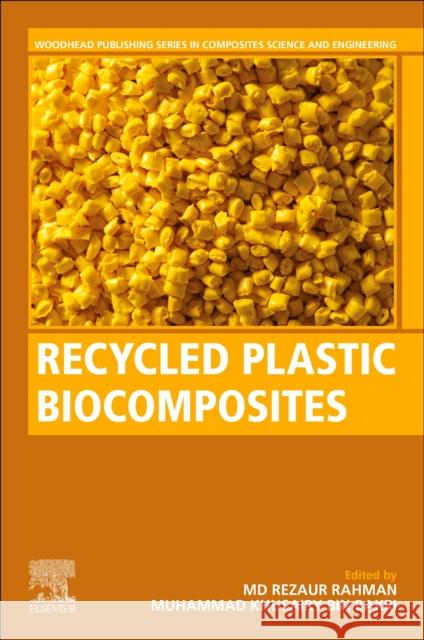Recycled Plastic Biocomposites » książka
topmenu
Recycled Plastic Biocomposites
ISBN-13: 9780323886536 / Angielski / Miękka / 2022 / 332 str.
Kategorie:
Kategorie BISAC:
Wydawca:
Woodhead Publishing
Seria wydawnicza:
Język:
Angielski
ISBN-13:
9780323886536
Rok wydania:
2022
Numer serii:
000904758
Ilość stron:
332
Waga:
0.44 kg
Wymiary:
22.86 x 15.24 x 1.75
Oprawa:
Miękka
Wolumenów:
01











